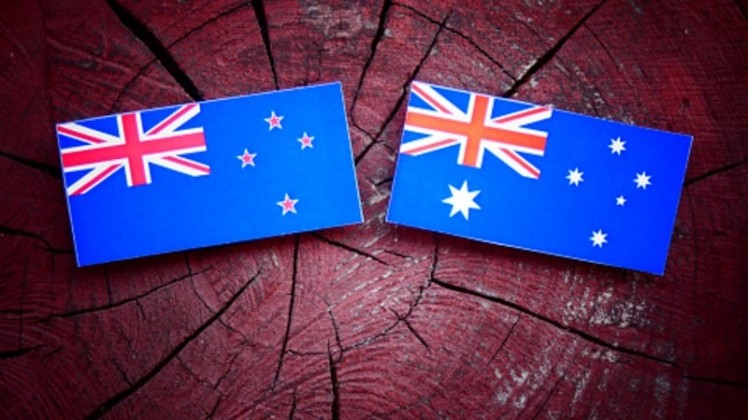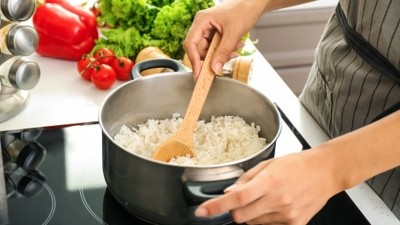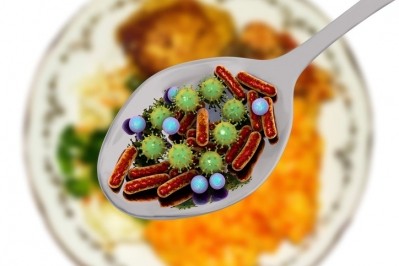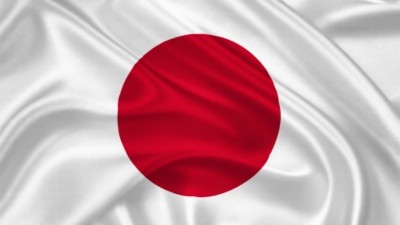COVID-19 in Oceania: Food safety worries and exports emerge as region’s biggest concerns

Concerns surrounding transmission of COVID-19 via food has been especially rife in the region, emerging as one of the top nine questions surfaced by the public to The Conversation, and so much so that various food authorities and industry leaders have repeatedly had to come out and clarify these ‘myths’.
“There is no evidence that COVID-19 is transmitted through food or food packaging [including that of dairy and dairy products],” said trade association Dairy Food Safety Victoria in a formal statement, which also included a list of strict COVID-19 related guidelines for local dairy businesses to adhere to.
“All licensed dairy businesses in Victoria are required to have a food safety programme [and] at this time, [all dairy manufacturers are required to adhere to COVID-19 guidance including] good hand hygiene, staffing arrangements with food safety as a priority, increased cleanings and so on].”
Fresh produce trade body PMA ANZ reiterated a similar message for fresh fruits and vegetables in the country, saying that fears leading to food recalls or withdrawals from the market ‘should not be necessary’.
“[As a matter of fact], now more than ever, it’s important to consume fresh fruits and vegetables, which can help boost the immune system and overall health,” said PMA ANZ Head of Food Safety Deon Mahoney.
The association also introduced a specific set of guidelines surrounding fresh produce, including a section advising against the actual direct sanitation of fruits or vegetables, which was advised by Dr Dr Jeffrey Van Wingen, a physician in the United States.
"This is not consistent with guidance from public health authorities and food safety experts," said Mahoney.
“Prepare and wash your fruit and vegetables as normal – wash them in cold running water and peel and cook where appropriate. Don’t use soaps or detergents as they’re not formulated for food.”
Food Standards Australia New Zealand (FSANZ) has also come out and attempted to quell these food safety fears, calling transmission through food ‘unlikely’.
“So far there is no evidence that people have become infected by swallowing the virus in or on food or drink,” said the agency.
A good deal of emphasis was placed on meat, a particular sector of concern as the coronavirus causing COVID-19 is largely believed to have originated from animals.
“[Although] it is suspected COVID-19 may have originated in animals, it is not likely to be transmitted to humans from [local meats as this] is subject to strict controls, including requirements that prohibit the use of meat and offal from diseased animals for human consumption,” added FSANZ.
“As such, it is unlikely that extra precautions need to be taken for meat, [especially] in Australia, to prevent COVID-19 transmission.”
Meat sector trade body Beef + Lamb New Zealand (B+LNZ) also said that the meat sector would be extra careful during this time, as any lack of caution would be highly likely to disrupt an entire production plant.
“If a farmer were to fall ill with COVID-19, there would be limits to the support available to help them on farm. Likewise, if a meat worker were to be found carrying the virus, it could disrupt production at their manufacturing plant,” said B+LNZ Chairman Andrew Morrison.
“As New Zealand’s second largest export sector and the largest manufacturing employer, it is vital we take all measures to protect the red meat sector.”
Food exports
Australia and New Zealand are both big food exporting countries, but the COVID-19 pandemic has heavily impacted the industry due to lockdowns being implemented in various countries across the world, border closures and reduced demand from some of their biggest importers.
According to Commodity, food items hold the top three export spots for New Zealand (milk, sheep/goat meat, bovine meat) and top 10 spots for Australia (bovine meat, sheep/goat meat, wine).
China, one of the countries hardest-hit by COVID-19, is one of the biggest importers of food from both countries.
Australia is its sixth largest supplier of food worldwide according to the Australian Trade and Investment Commission, whereas the New Zealand Ministry of Foreign Affairs and Trade (MFAT) also identified China as New Zealand’s largest trading partner in terms of goods, with some 27% of investment into the country focused on food and primary industries.
In an attempt to get food exports back on track, earlier this month Australia announced a A$110mn (US$67.97mn) freight access plan to bring the country’s high-quality agricultural and seafood produce into key overseas markets such as China and Japan.
“This will help restore key freight routes for our farmers until commercial capacity can be restored again,” Deputy Prime Minister Michael McCormack said in a formal statement.
“We are doing everything possible to help our high-value agricultural and fisheries exporters get their produce on airplanes and into overseas markets.
Federal Trade Minister Simon Birmingham added that this would be a temporary measure which the government hopes will help to safeguard jobs during the COVID-19 crisis.
“Getting our export sector back on its feet is crucial to reduce job losses through the crisis and a critical part of the ultimate economic recovery,” said Birmingham.
“By getting flights off the ground, full of Australian produce, we’re supporting our farmers and fishers who have been hit hard by this crisis.”
Over in New Zealand, although thus far there has not been a food trade-specific budget or strategy laid out targeting exports, New Zealand Trade and Enterprise (NZTE) has set up a specific website to help local exporters ‘mitigate the impacts of the novel coronavirus (COVID-19) pandemic’ complete with hotlines, government support and packages, and other advice.
Finance Minister Grant Robertson also announced a NZ$12.1bn (US$7.23bn) COVID-19 package last month to fight against recession and safeguard jobs across the board, including businesses that may be hit hard by the outbreak such as F&B and export companies.
“This package is one of the largest in the world on a per capita basis,” said Robertson during the announcement.
“We hope to save some jobs through this package, but we will not be able to save all jobs. [We] cannot guarantee that all workers will be retained. This is about helping businesses to adjust.”


















